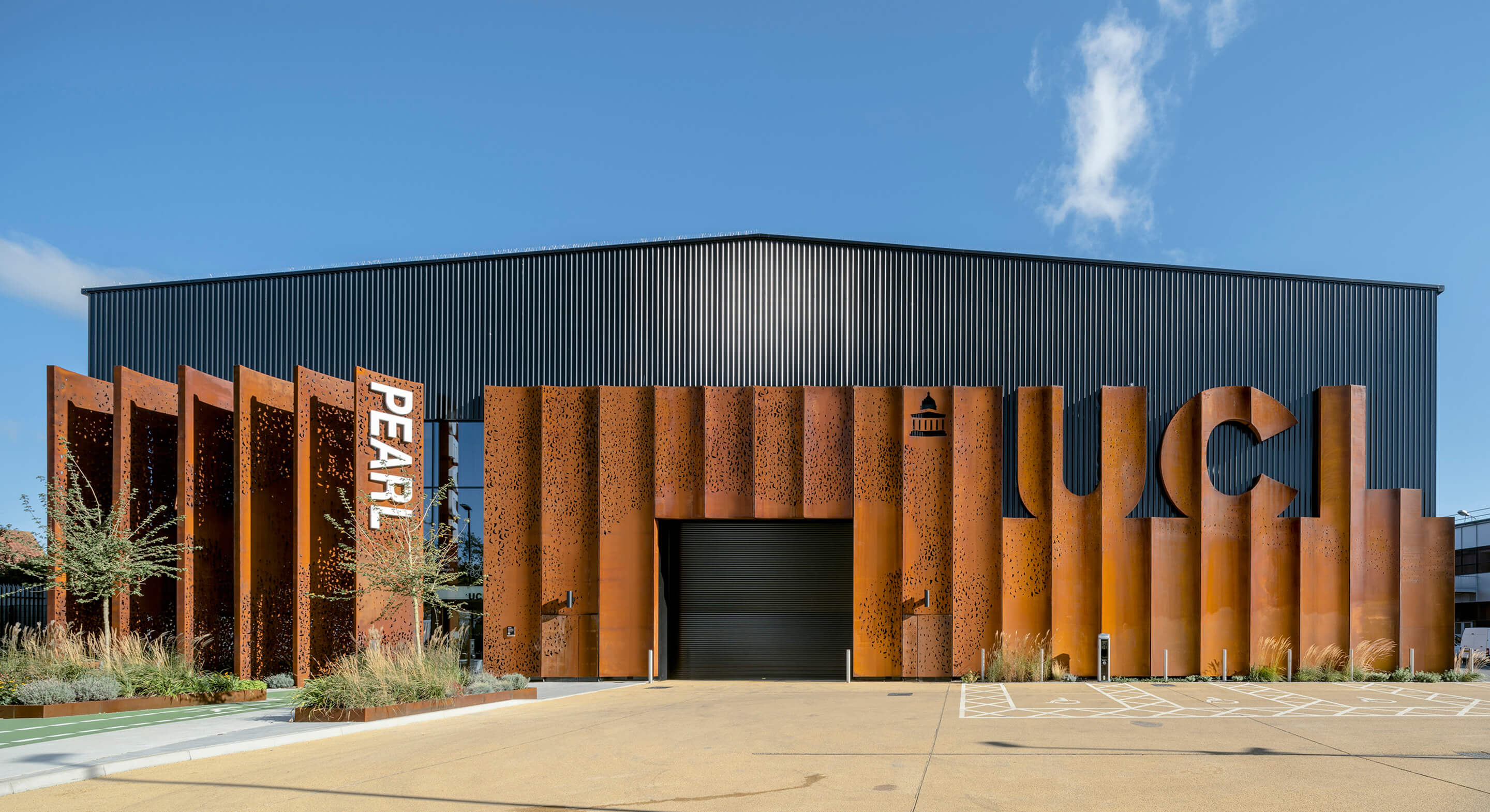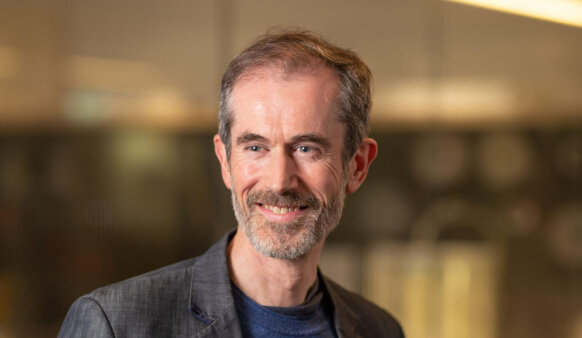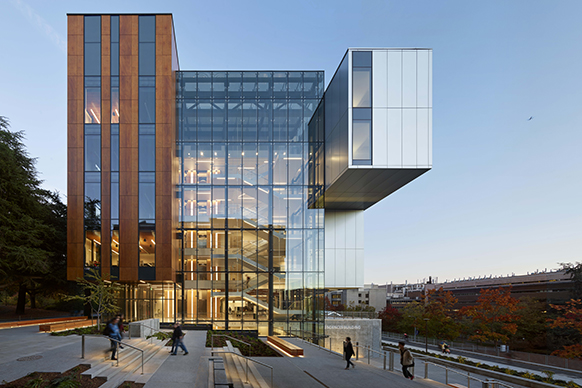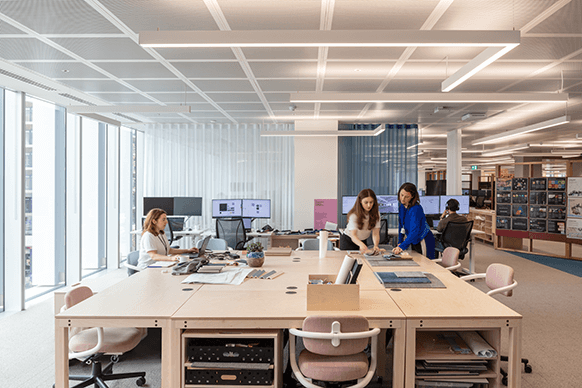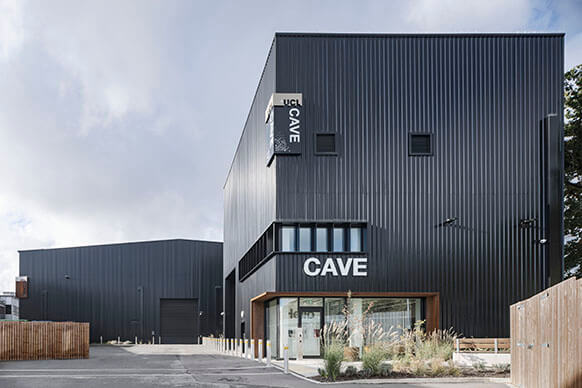
University College London, PEARL
PEARL, the Person Environment Activity Research Laboratory, is University College London‘s (UCL) first net-zero carbon in-use building. This new and unique research facility for the creation of full-sized environments will test how people use infrastructure and cities, with the goal of improving urban design, for a more accessible and sustainable future. The highly adaptable research and collaborative workspaces serve as a prototype for new post-COVID ways of working.
PEARL’s objective is to improve the built environment and the way we interact with it. Life-sized environments, such as a railway station, high street, or a town square for example, will be built under controlled conditions to examine how people of all abilities interact with their urban environment and each other.
This highly collaborative project, bringing together engineers, architects, biologists, social scientists, neurologists, artists and public is leading the way in designing for a more complex, integrated understanding of ourselves and our interactions with our environment.
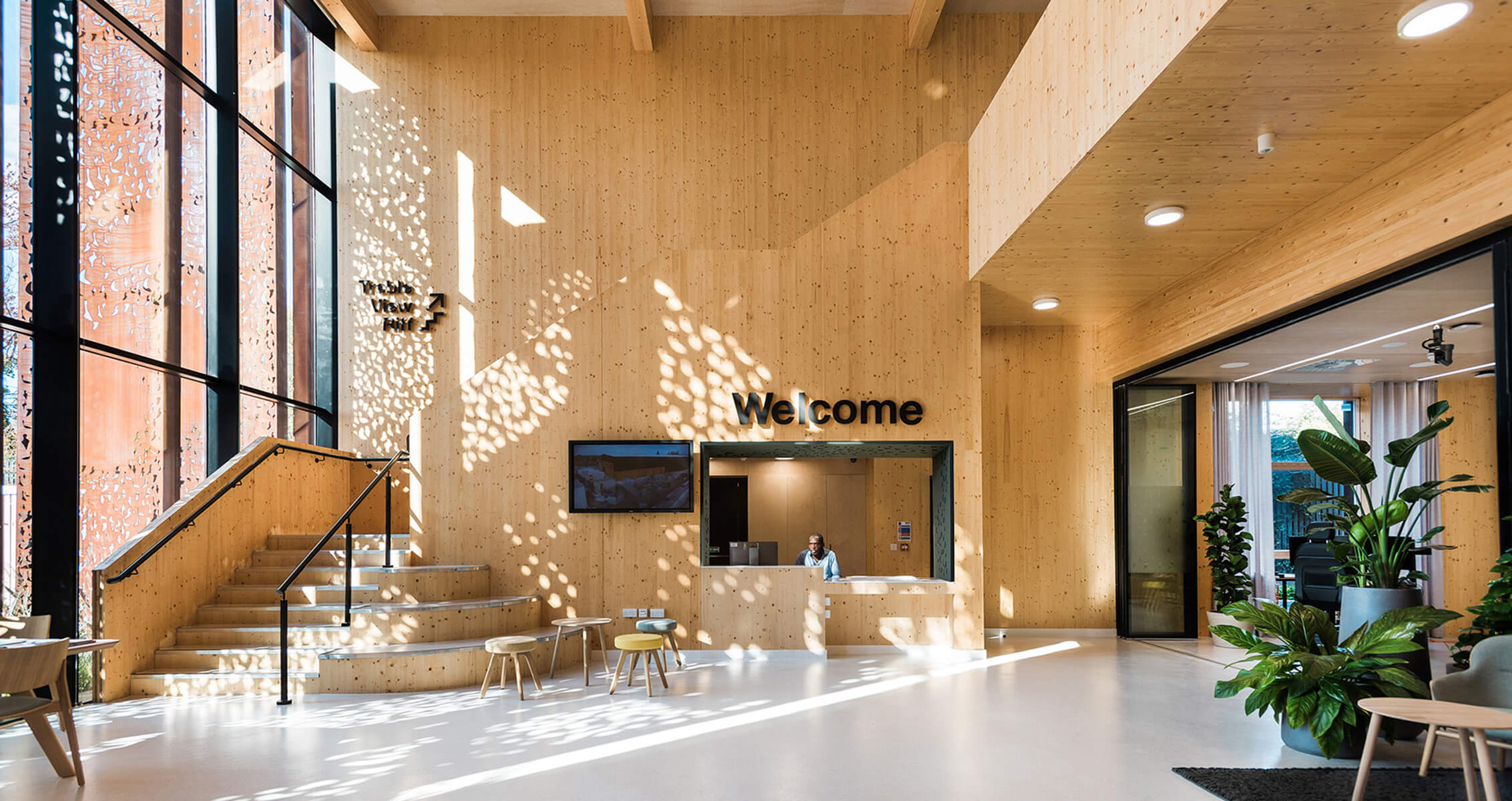
With a floor area totalling around 4,000m2, a volume of 44,000m3, and ten metres high, the laboratory space has been designed and engineered with 40m clear structural spans to house hugely varied research experiments. Also equipped with indoor ambient environments and sound systems, the laboratory can test the impact of environmental conditions, such as space, colour, lighting, smell, visibility, appearance, touch and sound on people’s behaviour and perception, bringing experiment conditions as close to real-life scenarios as possible.
To the north-west corner of the main space is the ‘Groove’, a free-standing two-storey cross-laminated timber structure that houses the public entrance, community-facing facilities, workshops and highly flexible academic workspaces.
Directly connected to the lab space is a workshop and maker space facility for small scale testing, prototyping and manufacturing of experiment equipment, and a sound preparation studio where the soundscapes for experiments can be researched and created.
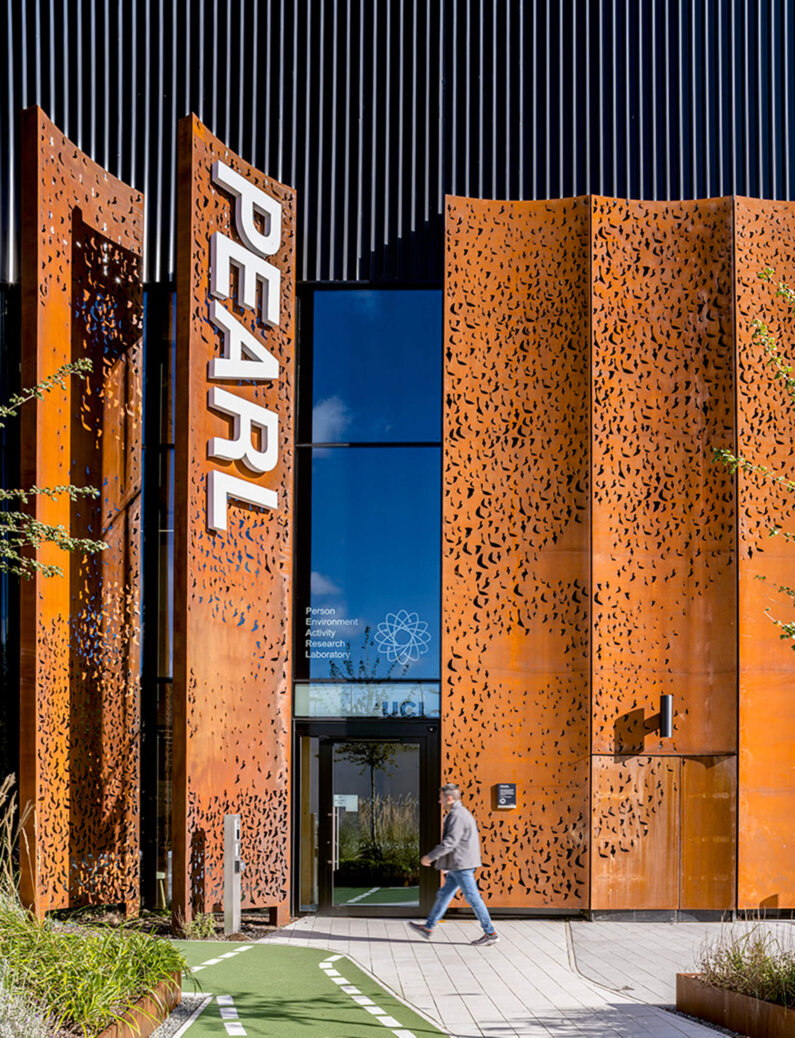
Professor Hugo Spiers, Professor of Cognitive Neuroscience UCL, Fellow of the Royal Institute of Navigation
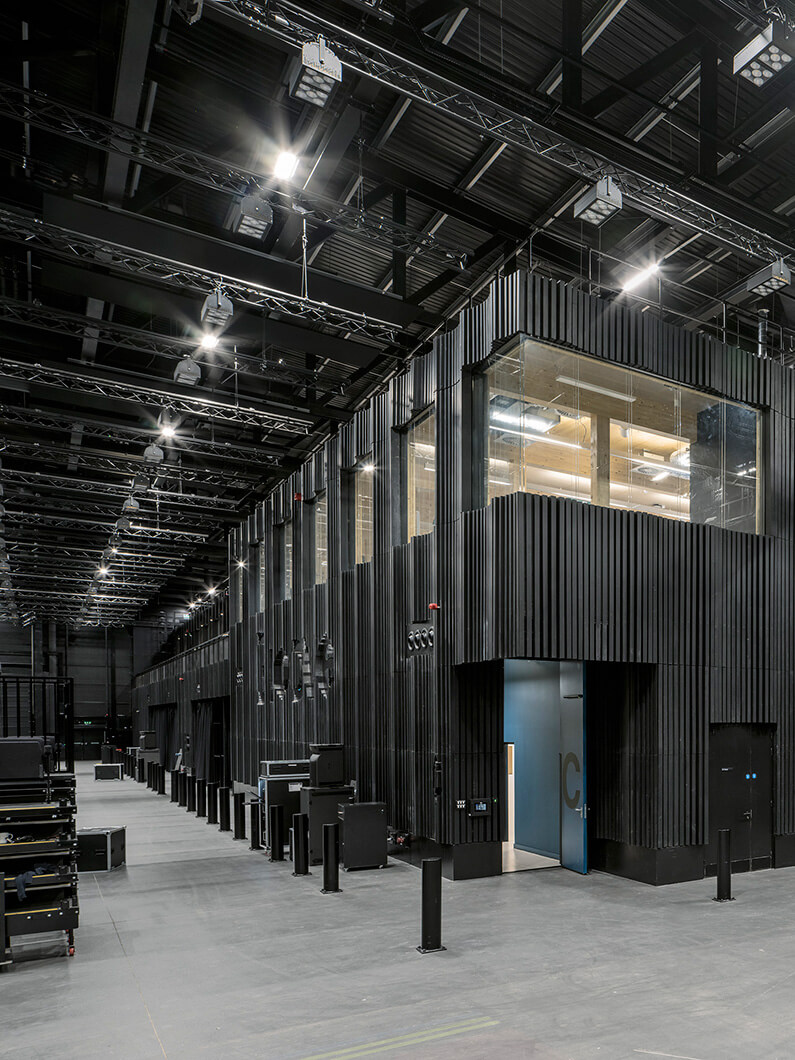
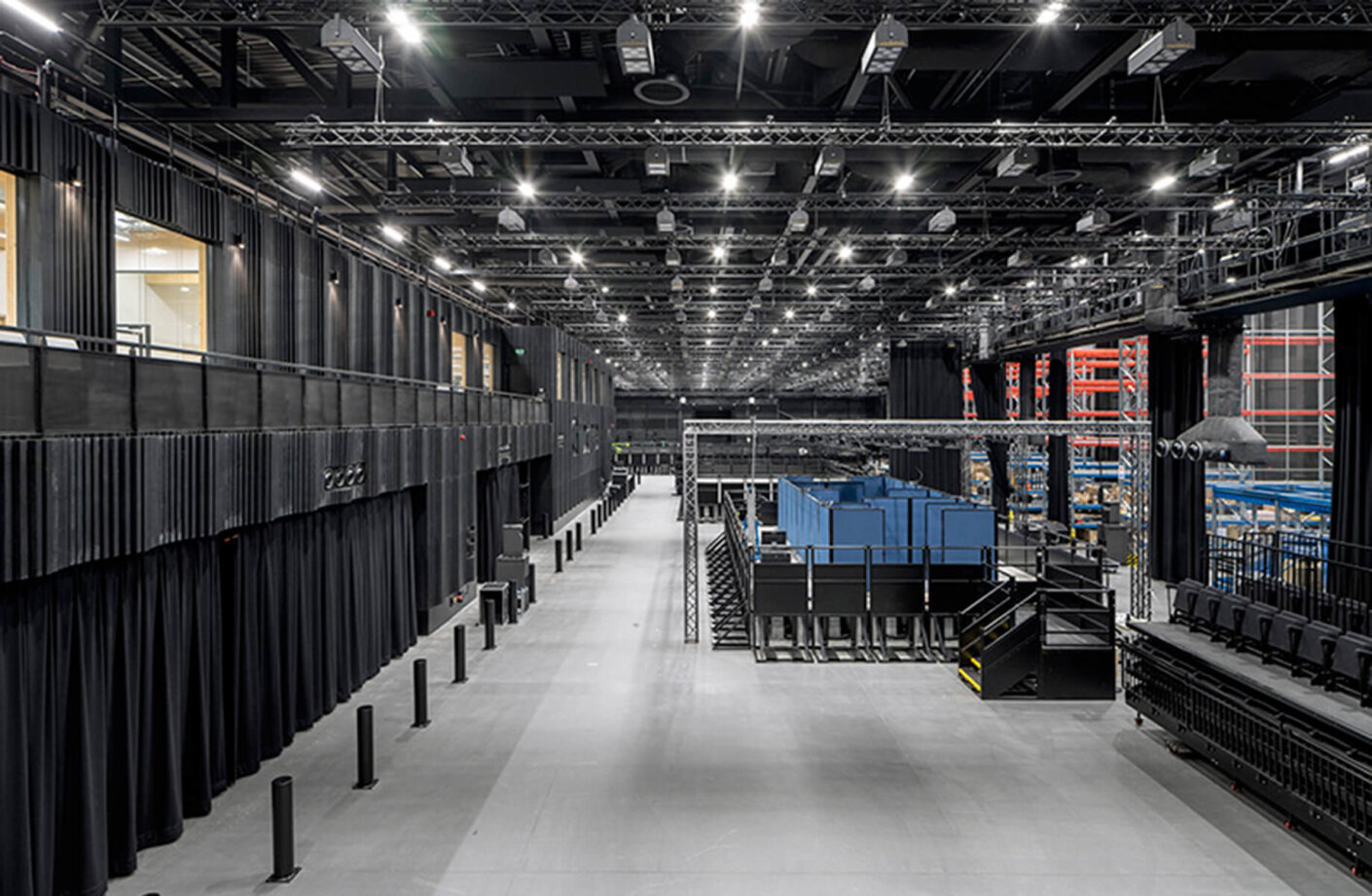
As UCL’s first net-zero carbon in-use building, PEARL demonstrates the university’s strategic commitment to lead by example and operate in a sustainable way. PEARL has achieved BREEAM Outstanding and is the first finished building ever to achieve an Outstanding rating under the new BREEAM standards.
The building is projected to be carbon negative thanks to its highly efficient fabric, services and the production of its own energy from a vast array of photovoltaics covering the entire roof. Built for deconstruction and the circular economy, the design maximises the use of recycled and recyclable materials, whilst minimising waste from site through off-site prefabrication and cut and fill site preparation.
